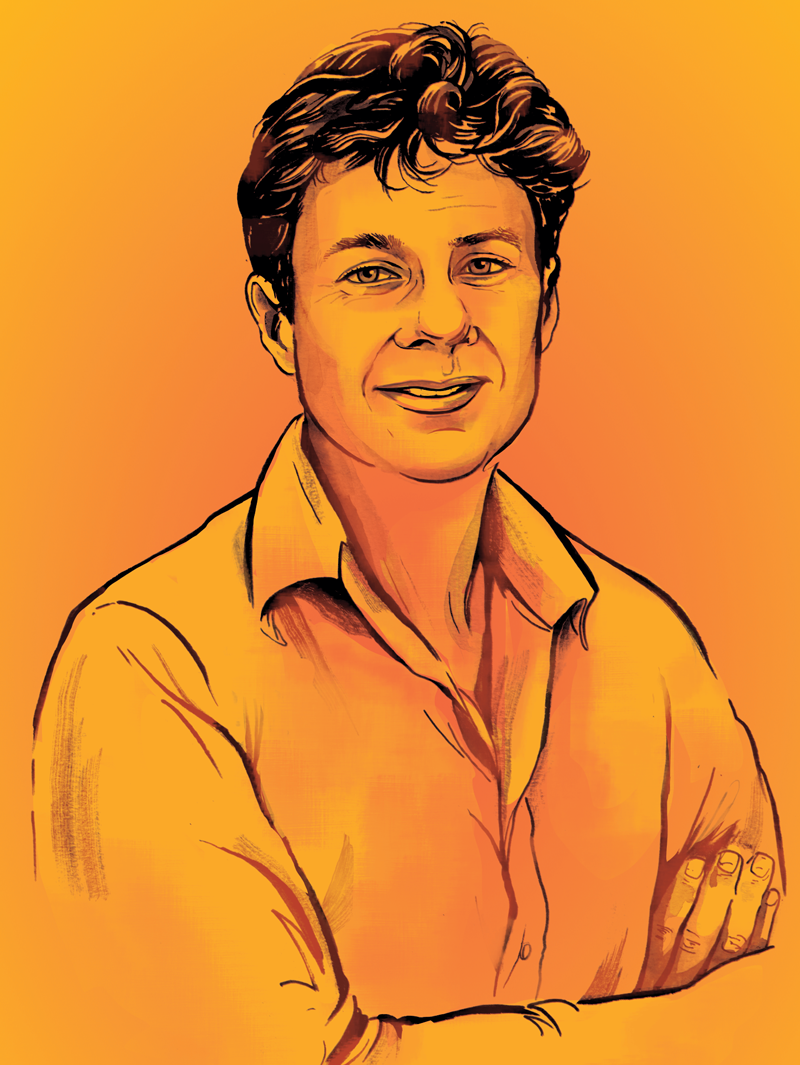Meet the Man Who Might Have the Key to Cost-Effective Solar Energy
A USC chemist looks to nanomaterials to help us unlock the power of the sun.

The key in solar energy research to getting more power from the sun may rest with a lowly rock. USC’s Oleg V. Prezhdo is the go-between trying to make it happen. He’s a researcher working with tiny crystals that could be the key to more affordable and scalable solar energy. The professor of chemistry in the USC Dornsife College of Letters, Arts and Sciences studies how chemicals react and energy moves in complex, hybrid materials under different conditions. USC writer Gary Polakovic caught up with Prezhdo to talk about the future of solar energy.
What happens inside your lab?
We work at the intersection of chemistry and physics and focus on nanomaterials. We are aiming to advance next-generation solar energy. It’s too soon to accomplish that yet — there are a lot of challenges, and we’re developing theoretical and computational tools to solve complex chemical problems.
What is one of the most promising materials you’re studying now?
Perovskite is a type of crystal structure first observed in a mineral discovered in the Ural Mountains and named after Lev Perovski, a 19th-century Russian mineralogist. Modern perovskites have special properties to make better photovoltaic solar cells. They capture most of sunlight and convert it into charges, boosting efficiency above 20 percent. Perovskites are very versatile, and can be made very thin and lightweight. Combining properties of solids and liquids, they are easy to manufacture and cost less than traditional silicon solar cells.
Are there any challenges with perovskites you’ve seen so far?
First, one needs to generate fundamental knowledge to get to a breakthrough. We are researching these minerals. We need to see how they behave, how they can be manipulated, how they can be applied, how they combine with other materials. They’re vulnerable to moisture, so we have to solve that. Someone has to figure this out, and I enjoy solving problems.
What’s the potential gain?
This is going to be very important for society. It would solve the cost concern for solar energy because it would be cheaper to make. Solar energy is expanding today, but we envision a next generation of solar that will make this renewable energy source ubiquitous. It would be a real gamechanger.
What else is going on in your lab?
We spend considerable time working with graphene and other two dimensional materials. They are atomically thin and conduct electricity extremely well. They are chemically stable and share similar atomic structures. We are exploring ways to use these ultrathin materials to make smaller computers, batteries and electronic devices.
What attracted you to USC?
USC has top-level theoretical chemistry talent. It also has a very strong computational materials team in physics and engineering. It has many terrific experimental groups in chemistry, and our group has developed unique tools to model these experiments. There are Nobel laureates and leading researchers here with whom I can collaborate. There’s also perfect weather and L.A. is a large metro area with lots of interesting things to do.



